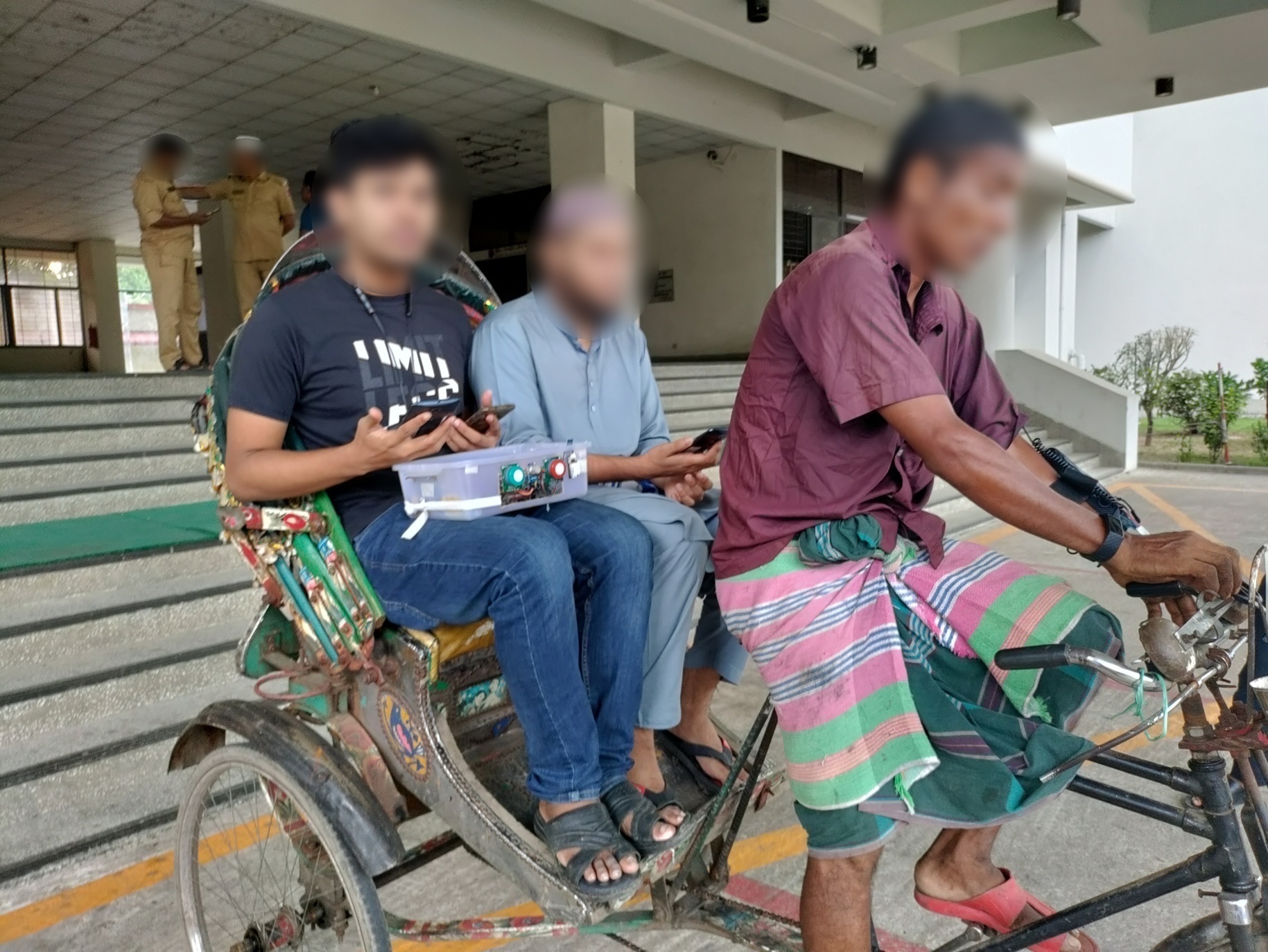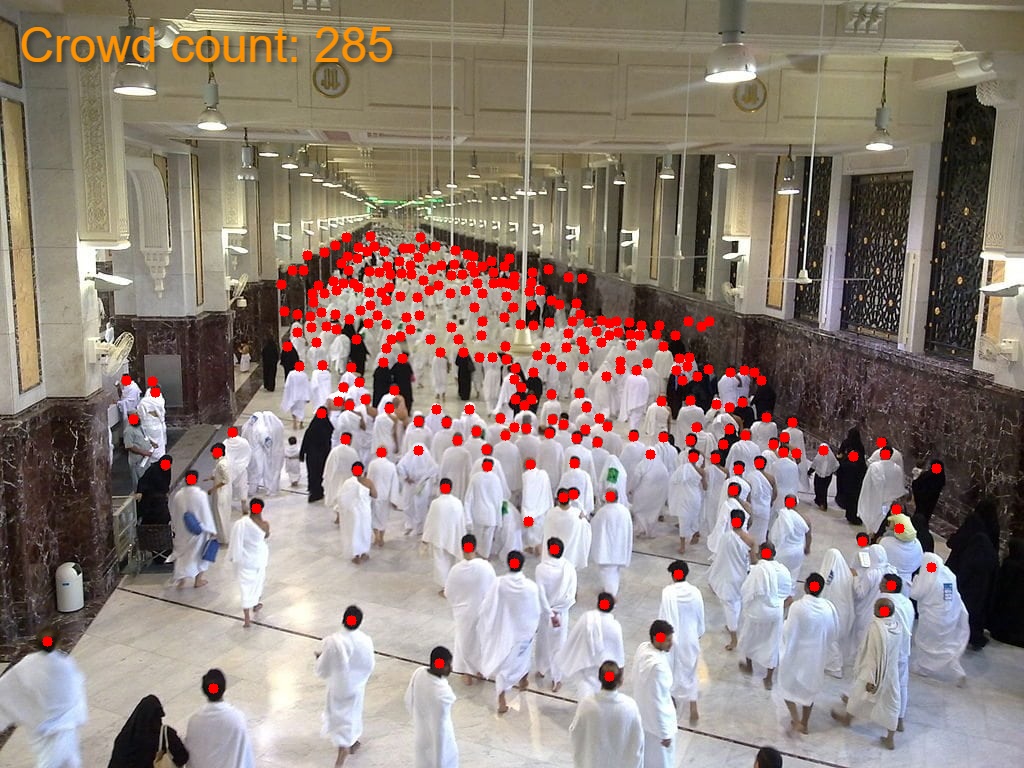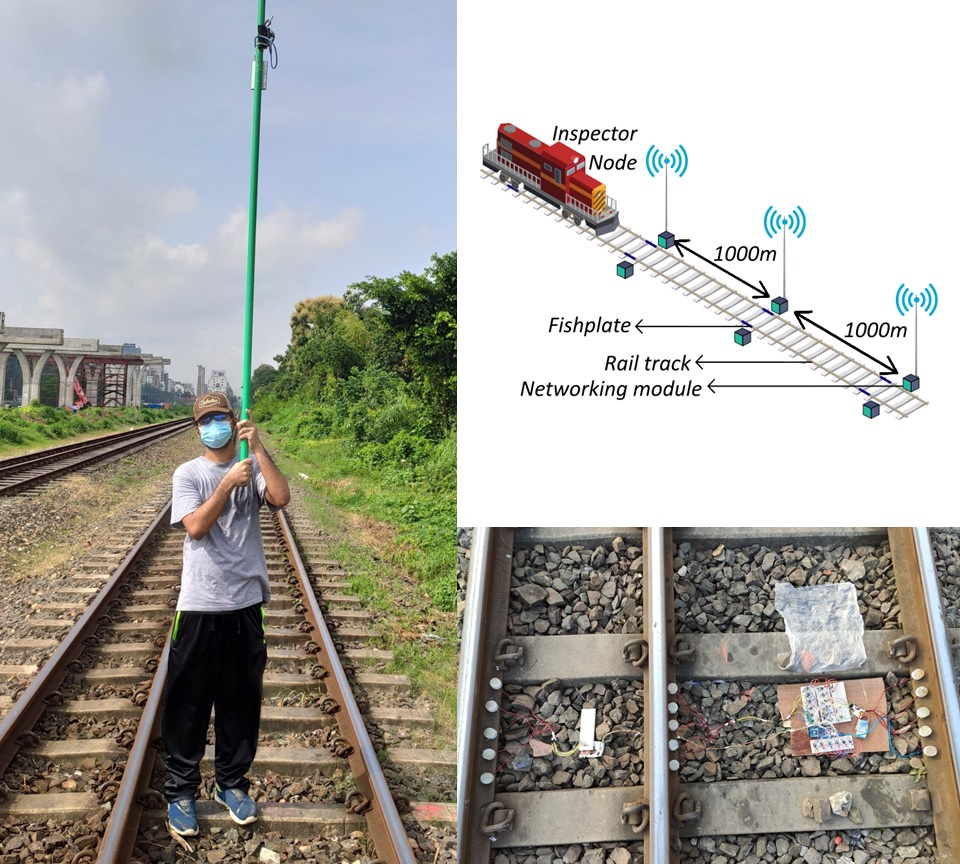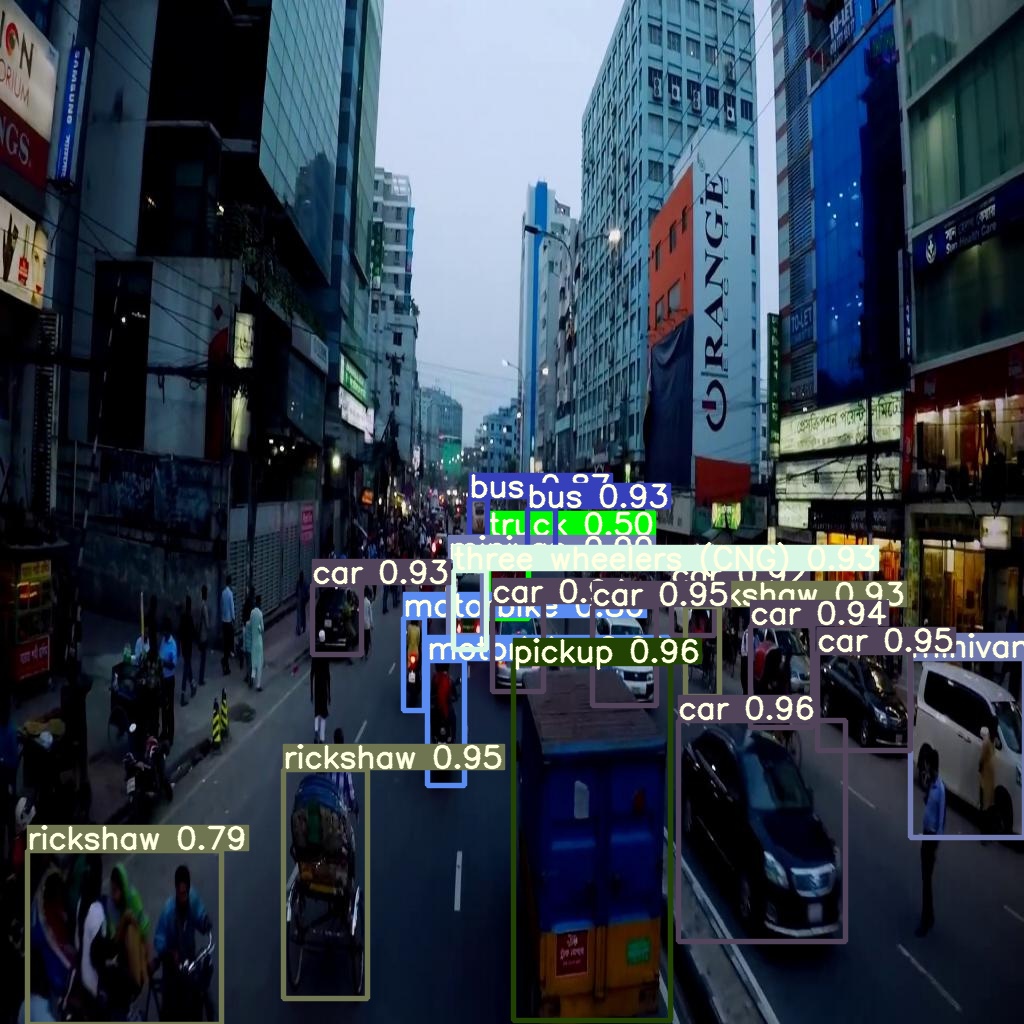Masfiqur Rahaman
Hi, I am Masfiqur Rahaman! I rethink the possibilities of ubiquitous technologies for the health and well-being of underserved peoples.
I am a 3rd year PhD student at UC San Diego Data Science, advised by
.
Currently, I examine climate change and its physiological responses among a specific vulnerable population in Bangladesh.
Through my research, I aim to bring the consequences of climate change to the broader community and build a climate-physiology interaction network.
I also have interests in human-system interaction, wearable sensing, and ubiquitous computing.
I completed my Bachelors and Masters in Computer Science and Engineering from BUET, advised by
My previous works focuses on sensing technologies and signal processing to unveil unusual vibration responses from different civil structures.
I also worked in traffic simulation and traffic signal scheduling to improve the existing infrastructure of traffic management in developing countries.
Apart from research, I love traveling, fishing, and reading books.
- Sept 16: Paper on climate-physiology interaction accepted at ACM IMWUT!
- Nov 15: Presented our paper on structural vibration monitoring at EAI MobiQuitous 2023!
- Sept 2: Paper on activity recognition of salat published in IEEE Access (Q1 in Scimago)!
- April 23: Paper on negative experiences of Hajj pilgrims published in Heliyon (Q1 in Scimago)!
- Nov 22: Poster on health of rickshaw pullers and environmental impacts accepted in NSysS 2022!
- Sept 22: Paper on vibration based diagnosis of circular knitting machine accepted at EAI MobiQuitous!
- Apr 22: Paper on localized counting network for extremely dense crowds accepted in Applied Soft Computing!
- Mar 22: Awarded ICT Fellowship by ICT Division, Government of Bangladesh!
- Mar 22: Paper on real-time monitoring of rail tracks accepted in ICTD!
- Dec 21: Our work on real-time monitoring of rail tracks won the Runner-up poster award at NSysS!
- Dec 21: Presented our poster on real-time rail track monitoring at NSysS!
- Oct 21: Paper on securing firearms inside an arsenal accepted in NSysS!
- Sep 21: Paper on vibration based machinery health monitoring accepted in Materials Today: Proceedings!
- Aug 21: Paper on unstructured vehicle detection using limited computational resources accepted in ICDM!
- Aug 21: Paper on Human-Survey Interaction (HSI) in Hajj pilgrimage accepted in IEEE Access!
Publications
2025
-
, Maoyejatun Hasana, Shahad Shahriar Rahman, MD Sajid Mostafiz Noor, Razin Reaz Abedin, Md Toki Tahmid, Duncan Watson Parris, Tanzeem Choudhury, A. B. M. Alim Al Islam, Tauhidur Rahman. ACM IMWUT. [PDF] -
, Ahmed Mahir Sultan Rumi, Md Shihabul Islam, Tarik Reza Toha, Md Masum Mushfiq, M. Sohel Rahman, Muhammad Ali Nayeem, Najla Abdulrahman Al-Nabhan, and A. B. M. Alim Al Islam. IEEE Access. [PDF]
2024
-
Md. Masum Mushfiq, Tarik Reza Toha, Saiful Islam Salim, Aaiyeesha Mostak, , Najla Abdulrahman Al-Nabhan, Arif Mohaimin Sadri, and A. B. M. Alim Al Islam. IEEE Transactions on Intelligent Transportation Systems . [PDF]
2023
-
, MD. Nazmul Hasan Sakib, Nafisa Islam, Saiful Islam Salim, Uday Kamal, Raihan Rasheed, and A. B. M. Alim Al Islam. EAI MobiQuitous. [PDF] -
Ishrat Jahan, Najla Abdulrahman Al-Nabhan, Jannatun Noor, , A. B. M. Alim Al Islam. In IEEE Access. -
Adnan Quaium, Najla Abdulrahman Al-Nabhan, , Saiful Islam Salim, Tarik Reza Toha, Jannatun Noor, Mainul Hossain, Nafisa Islam, Aaiyeesha Mostak, Md Shihabul Islam, Md. Masum Mushfiq, Ishrat Jahan, A. B. M. Alim Al Islam. In Heliyon. [PDF]
2022
-
Tarik Reza Toha, Najla Abdulrahman Al-Nabhan, Saiful Islam Salim, , Uday Kamal, and A. B. M. Alim Al Islam. In Applied Soft Computing. [PDF] -
Saiful Islam Salim, Uday Kamal, Adnan Quaium, Mainul Hossain Yaad, , Nazmul Hasan Sakib, Md Toki Tahmid, and A. B. M. Alim Al Islam. International Conference on Information & Communication Technologies and Development (ICTD), 2022. [PDF] [ICTD'22 Presentaiton]
-
Md. Harunur Rashid Bhuiyan, Iftekhar Morshed Arafat, , Tarik Reza Toha, and Shaikh Md Mominul Alam. EAI MobiQuitous, 2022. [Accepted] [PDF]
2021
-
Tarik Reza Toha, , Saiful Islam Salim, Mainul Hossain, Arif Mohaimin Sadri, and A. B. M. Alim Al Islam. IEEE International Conference on Data Mining (ICDM) , 2021. [PDF] [ICDM'21 Presentation] -
Saiful Islam Salim, Najla Abdulrahman Al-Nabhan, , Nafisa Islam, Tarik Reza Toha, Jannatun Noor, Adnan Quaium, Aaiyeesha Mostak, Mainul Hossain, Md. Masum Mushfiq, and A. B. M. Alim Al Islam. IEEE Access, 2021. [PDF] -
Md. Harunur Rashid Bhuiyan, Iftekhar Morshed Arafat, , Tarik Reza Toha, and Shaikh Md Mominul Alam. Materials Today: Proceedings, 2021. [PDF] [Presentaiton] -
Md Shihabul Islam, , and A. B. M. Alim Al Islam. International Conference on Networking, Systems and Security (NSysS), 2021. [PDF]
UNDER REVIEW
-
, Najla Abdulrahman Al-Nabhan, Jannatun Noor, Saiful Islam Salim, Nafisa Islam, Tarik Reza Toha, Adnan Quaium, Aaiyeesha Mostak, Mainul Hossain, Md. Masum Mushfiq, and A. B. M. Alim Al Islam. Tourism Management. [Submitted] [PDF]
Research
Appointments
Research Assistant
Projects
IMPACT OF HEAT ON RICKSHAW PULLERS
Rickshaw pullers are one of the most underserved communities in Bangladesh. Due to extreme exposure to heat and air pollutants,
they are much more vulnerable to diseases such as heat strokes, heat exhaustion, respiratory illness, etc.
However, there is little focus in literature on how environmental conditions (e.g., heat and air quality) impact the health of rickshaw pullers.
In this study, we explore how different environmental parameters(e.g., temperature, humidity, particulate matters in the air,
CO2, CO, NOx, SO2, LPG, and O3) influence the health of rickshaw pullers during the drive.
We assess different health parameters which include weight, height, body temperature, electrodermal conductivity of the body,
heart rate, and oxygen saturation.

Data collection using environmental sensors on the back sit of rickshaw and health sensors on both the left and right hand of rickshaw puller.
CROWD MANAGEMENT DURING HAJJ PILGRIMAGE
Crowd management during Hajj pilgrimage at Mecca in Saudi Arabia represents the most challenging problem of its kind. Massive crowds, heavy concentration, significant foreign presence, stress on rescue personnel and planners all contribute to complex challenges. In this project, we are trying to design a complete real-time solution for massive scale crowd mobility management to assist related bodies in Saudi Arabia to enhance pilgrim safety. Specific project tasks are: a) design a novel and innovative crowd simulator platform to realistically simulate and manage massive scale crowds exclusively for Hajj scenarios; b) provide digitally assisted mechanisms for planners and rescuers to assess and react earlier to massive scale crowds; c) design an intelligent crowd guidance system with universally understood digital displays; and d) evaluate project outcomes with real crowds.
Publications:
,
Funding source: Ministry of Education, Saudi Arabia.

Crowd count and localization on an image of Hajj pilgrimage.
REAL-TIME MONITORING OF RAIL TRACKS
Derailments frequently occur in developing countries which results in massive loss of property along with lethal consequences. Devising a real-time automated system having long-range and low-cost sensing for detecting uprooted or faulty rail blocks to prevent derailments is strenuous. This particularly holds over the developing countries considering their low-resource and insufficient network infrastructure in remote areas where trains frequently run. However, existing studies in this regard are yet to present a pragmatic solution that handles a long distance of sensing coverage. Therefore, we are trying to build a multi-sensor fusion network to detect an incoming train from a distance of 1500 m. In parallel, we are developing a low-cost, long-range, and highly reliable mobile multi-hop networking scheme to successfully transmit data sensed from rail tracks to an approaching train at a distance of around 2000 m.
Publications:
Funding source: ICT Division, Government of Bangladesh.

On-field deployment of sensor nodes (lower right) and networking module with antena above ground (left). Schematic of the proposed methodlogy is shown on the upper right corner.
INTELLIGENT TRAFFIC MANAGEMENT FOR DHAKA CITY
Recent advancements in traffic signaling serve the purpose of signal optimization in developed countries where traffic is solely lane-based and homogenous. Since, in Dhaka city, traffic is non-lane-based and heterogeneous, existing traffic signal optimization methods are not directly applicable. Therefore, in this project, we are investigating a computer vision-based traffic signal optimization technique using limited computational resources to comply with the needs of Dhaka city. Our tasks in this project includes a) constructing a large-scale traffic image dataset of Dhaka city; b) estimate various traffic states such as vehicle type (motorized or non-motorized), direction of flow, and count of traffic; c) develop metaheuristic algorithms to optimize traffic signals in a junction of Dhaka city; d) evaluate the performance of our developed technique in real scenarios.
Publications:
Awards: ICT Fellowship 2021, Government of Bangladesh.

Real-time traffic detection and classification on the streets of Dhaka.